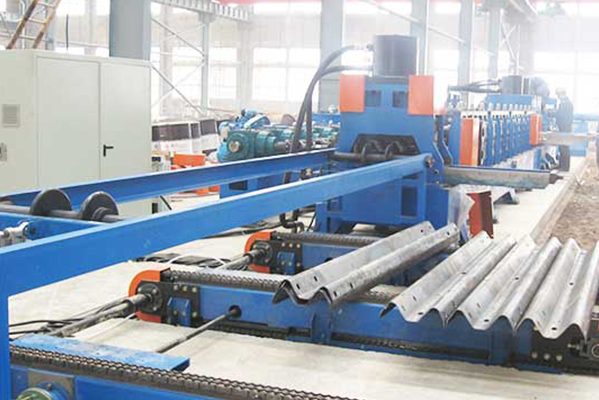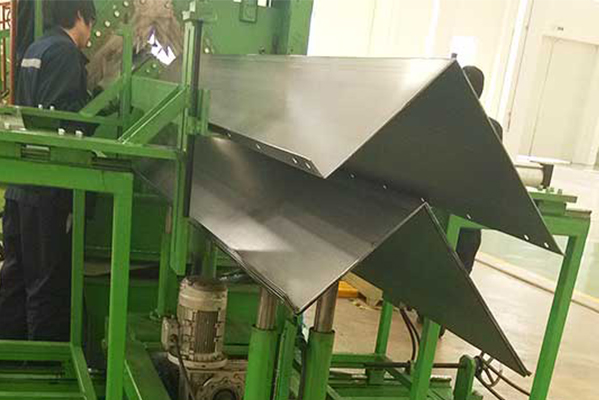Navigation Menu
Contact Us
- Email:
- info@wxavatar.com
- Address:
- Yurong Village, Yuqi Street, Huishan District, Wuxi, China.
Release Date:Jul 07, 2025 Visit:38 Source:Roll Forming Machine Factory
In recent years, the steel silo industry has experienced noticeable shifts in production approaches, especially in relation to roll forming equipment. A growing number of manufacturers are re-evaluating their existing production lines to explore the possibilities of enhanced automation. But what is truly driving this trend, and are these upgrades delivering measurable improvements in operations?

Why Automation Is Gaining Attention
The need for consistent product quality, efficient material usage, and shorter production cycles has prompted many manufacturers to rethink traditional roll forming lines. While older systems often rely on manual adjustments and supervision, automated solutions offer more precise control over parameters such as feeding speed, punching synchronization, and roll gap adjustment.
With increasingly complex silo designs and rising demand from sectors like agriculture, logistics, and storage infrastructure, automated roll forming lines provide a more responsive way to handle custom specifications and batch variations.
Key Upgrades in Automation
Manufacturers considering upgrades are focusing on several core components of their steel silo roll forming lines:
PLC-Based Control Systems: Programmable Logic Controllers (PLCs) allow real-time monitoring and intelligent control, helping operators detect faults quickly and adjust settings more easily.
Servo-Driven Feeders: These improve feeding accuracy, especially for operations that involve punching or embossing. Accurate feeding reduces material waste and enhances consistency.
Automatic Material Handling Systems: Integrating automatic uncoilers, stacking units, and coil changers reduces manual intervention and supports smoother production flow.
Remote Monitoring Capabilities: Some systems now offer cloud-based diagnostic tools or remote support, enabling faster troubleshooting and preventive maintenance planning.
Are the Results Matching Expectations?
Manufacturers who have adopted automated upgrades report noticeable improvements in production stability and cycle time reduction. Enhanced repeatability in forming operations has also contributed to better product consistency and fewer reworks. Additionally, automated quality control checkpoints can identify defects during production rather than post-production, minimizing downstream delays.
However, these benefits often depend on how well the new components are integrated into the existing line and how effectively operators are trained on the updated systems.
Is It the Right Time to Upgrade?
While the investment in automation can be substantial, many manufacturers are evaluating the return in terms of operational flexibility and reduced long-term costs. For facilities handling high-volume or customized silo components, the shift toward automation is proving to be more than just a competitive advantage—it’s becoming a necessity.
Before moving forward, manufacturers typically assess factors such as production volume, workforce structure, and existing machine compatibility. Working with experienced roll forming solution providers also ensures smoother transitions and better alignment with business goals.

Conclusion
The move toward automation in steel silo roll forming lines is gaining momentum as manufacturers seek to improve production efficiency, quality control, and operational agility. While not every facility may require a complete overhaul, targeted upgrades are becoming a strategic choice for staying ahead in a competitive market.
For manufacturers still relying on manual-intensive lines, now may be a good time to explore how automation could enhance both current output and future scalability.